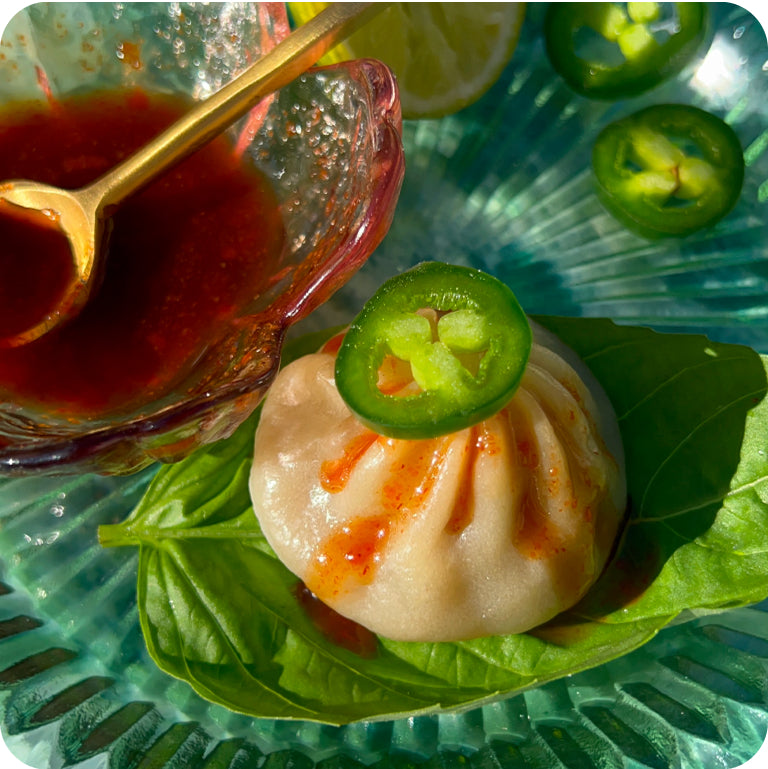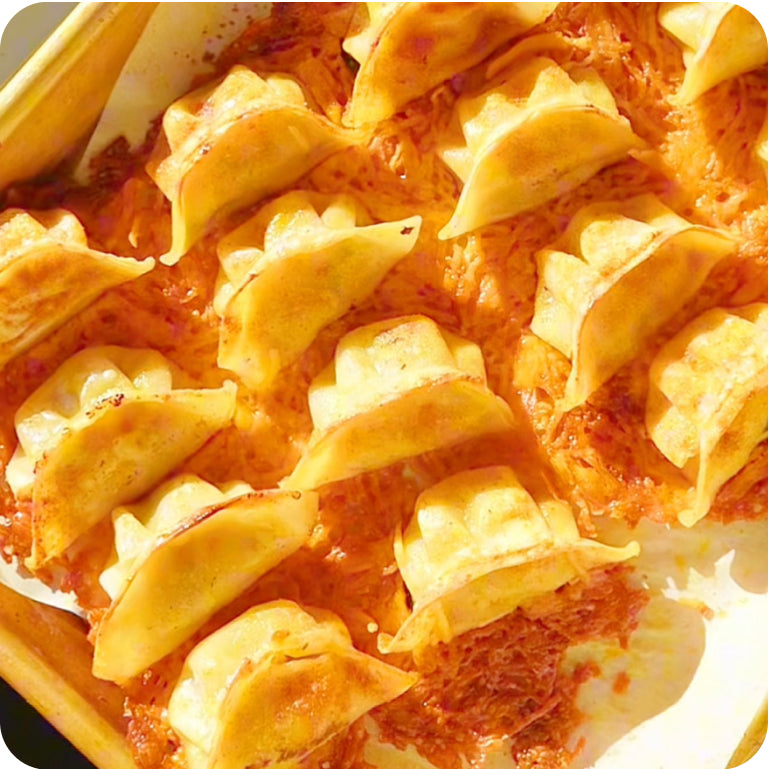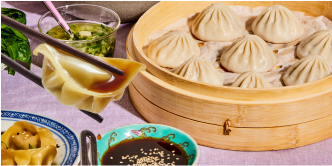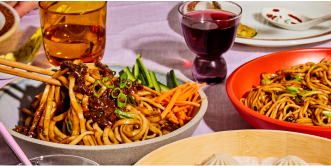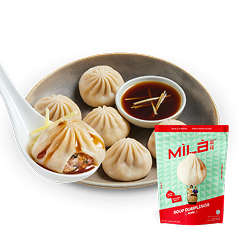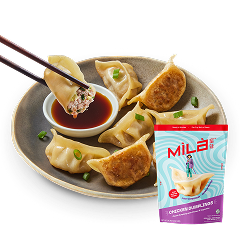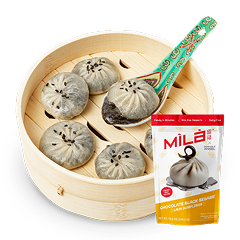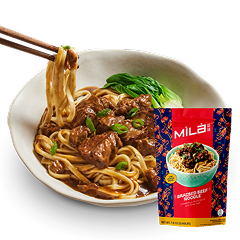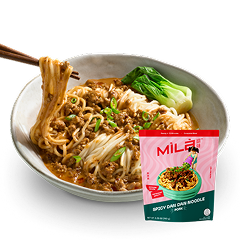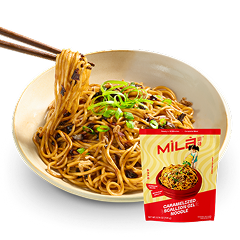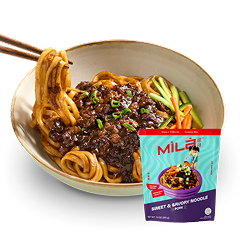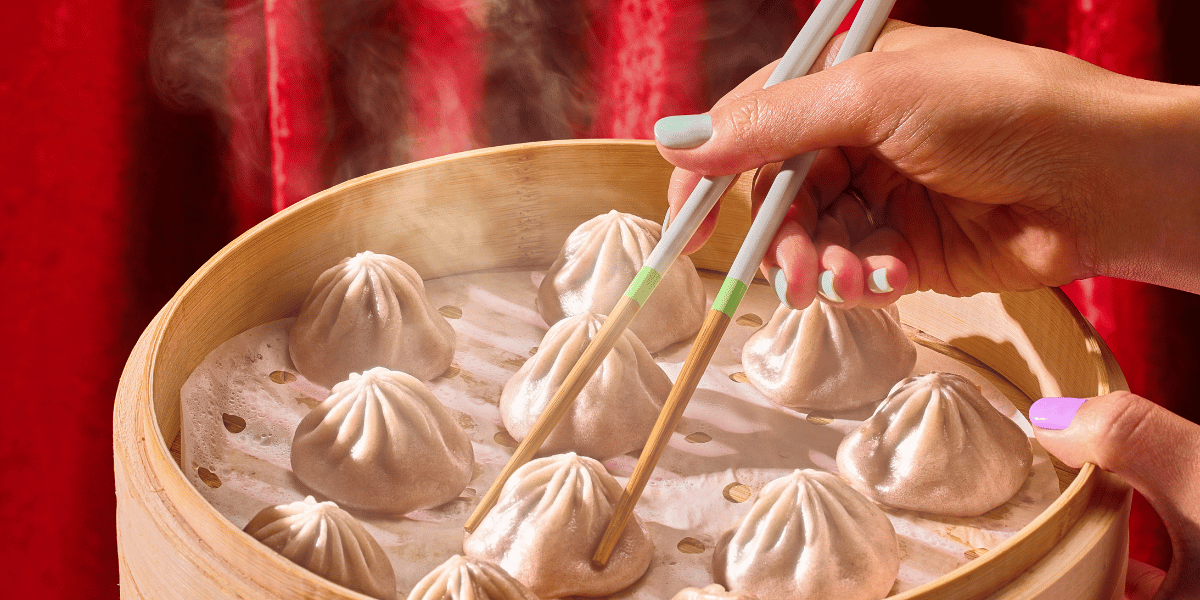Asian Soup Dumplings & Beyond: Dumplings Around the World
We love dumplings.
We know, we know—that’s hardly a secret! In related news: Water is wet.
However, there’s a whole world beyond the Asian soup dumplings that we love. Next time you’re looking for a dumpling fix, explore some of these varieties from around Asia, Europe, and beyond.
What We Define as a Dumpling
If we’re sticking to the broadest definition, a dumpling is dough with a filling inside. However, because it’s so broad, there’s plenty of room for interpretation and alteration, especially as recipes have traveled and changed over the years.
While their exact origins aren’t clear, most culinary historians believe that dumplings spread with the expansion of the Mongol Empire and the Silk Road. Because of this, most of the dumplings meeting that definition are from Asia and Europe.
However, that doesn’t mean dumplings don’t exist in Africa, the Americas, or Australia—in fact, they’ve gone where ethnic diasporas have gone for centuries. They just happened to spread and develop into different varieties within Asia and Europe before going abroad.
Different Types of Asian Dumplings
We’ve covered a few of our favorite types of Chinese dumplings before. However, the world of dumplings is vast, and most cultures have at least one version they call their own. Here are a few of our favorites from Asia and beyond.

Afghan, Turkish, Uzbek, & Other Central Asian Manti
Be it a byproduct of the Silk Road, the Mongol Empire, or other historical events, these dumplings are found from Turkey to Tajikistan. Since most of the countries where you can find these dumplings have large Muslim populations, they tend to rely heavily on beef and lamb or mutton, in addition to vegetable fillers like potatoes and cabbage.
Although the exact recipe can vary from place to place, many chefs use a garlic and yogurt-based sauce to accompany their manti, which cuts through the savory umami elements like a hot knife through butter.
Filipino Siopao
These are cousins of bao, but still have some distinctive characteristics that Filipino food lovers have adapted into the recipe over the years. They’re larger than the typical bao, and typically held like a sandwich as a result.
The most common fillings are a localized recipe for braised pork, or “bola-bola,” which features a combination of pork, chicken, shrimp, and salted duck egg for a perfectly savory, fluffy snack that sticks to your ribs.
Indian Modak
Enjoyed in India since ancient times, modakas are typically either fried or steamed and often have sweet fillings. The most common fillings are a mix of coconut and jaggery, a type of cane sugar.
Since they’re considered one of the favorite dishes of the Buddha, versions of these sweet treats have spread from India to places as far as Japan and Vietnam.
Japanese Gyoza
Closely related to jiaozi, gyoza are pleated, pan-fried dumplings from Japan. Gyoza typically have a rich, garlicky flavor that’s guaranteed to scare off any vampire within a 10-mile radius, followed by the savory taste of minced pork. They’re a common side dish at ramen shops and Chinese restaurants in Japan, and are most often enjoyed alongside a cold beer.
Korean Mandu
Does the name of this type of Korean dumpling have you seeing double? That’s likely because manti and mandu are close cousins with similar Mongolian roots. They can be pan-fried, steamed, or boiled and have all sorts of fillings, ranging from bulgogi-style beef to tofu, kimchi, and other vegetarian options.
Mandu can be folded into a semicircle like other types of dumplings, but some variations can be rounded or shaped into squares or triangles, depending on the region/
Lebanese Shishbarak
And you thought dumplings were a comfort food already! Moms and grandmas across Lebanon, the Levant, and the Arab world cook their dumplings in a thick yogurt sauce and serve them hot. These dumplings usually have beef inside, but when combined with the yogurt sauce, they taste like the culinary equivalent of curling up in a warm blanket on a rainy day.
Mongolian Buuz
According to some food historians, this might be the one that started it all. These dumplings feature mutton or beef inside and have a small divot at the very top where the pleats come together. Most buuz are steamed.
Much like in China, many Mongolians will eat buuz year round. However, both cultures especially enjoy them during Lunar New Year celebrations.
Nepalese and Tibetan Momo
Since this part of the world has a large population of vegetarians, the fillings in these dumplings can be a bit unique compared to those in neighboring countries. While some still have beef or other types of meat, many have vegetables, tofu, paneer cheese, or other cheeses. Momos can be paired with chutney, spicy tomato sauce, or broth.
Vietnamese Bánh Bôt Loc
These Vietnamese dumplings are small, chewy, and semi-transparent thanks to the dough being made with tapioca flour. Most have shrimp or pork belly inside and can be wrapped in banana leaves to help them keep their shape during the steaming or boiling process.
Types of European Dumplings
Ashkenazi Jewish Kreplach
Originating with Ashkenazi Jewish communities in Eastern and Central Europe, kreplach are a must-have for the High Holy Days of Rosh Hashanah and Yom Kippur. Some have mashed potato or ground meat filling and are served in broths like chicken soup.
While the best versions are the ones made by Jewish grandmas with their own special recipes, many delicatessens sell their own version of kreplach so you can get your dumpling fix—alongside your fill of half-sour pickles and brisket.
Georgian Khinkali
We’re referring to the Eastern European country of Georgia—not the Peach State. These are probably the closest relative soup dumplings have outside of China, from the familiar shape to the fact that they’re filled with delicious broth.
These soup dumplings are also filled with minced beef, lamb, or pork, plus onions and herbs or spices like cumin and coriander.
Most Georgians prefer to eat khinkali with their hands, holding them by the knot of dough at the top to keep the broth from spilling out while they’re drinking it.
Italian Ravioli
Marco Polo’s adventures on the Silk Road continue to pay in dividends for Italian food lovers. Ravioli are among the best-known types of dumplings outside of Italy thanks to cultural osmosis, but some other varieties include:
- Tortellini, which have the slightly funny nickname of “Venus’ navel”
- Mezzelune, also known as “half-moons”
- Cappelletti, which look like little hats
- Agnolotti, which are mainly rectangular
Most of these varieties include a combination of meat and cheese on the inside, but mushrooms are popular fillings as well.
Polish Pierogi
If you play your cards right, you can have these as an appetizer, a main dish, and a dessert, all in the same meal. Pierogi come from Poland and come in sweet and savory varieties.
While it’s common to find frozen pierogi filled with sauerkraut or potatoes, some of the best options include meat or mushrooms for a bite of protein-packed goodness. There are also dessert varieties that have sweet cheese or fruit. They can be paired with melted butter or sour cream and pieces of bacon or onions, or with fruit and applesauce for sweet varieties—we don’t recommend crossing the streams for the two options though.
Russian Pelmeni
These tiny dumplings are sometimes called the “heart of Russian cuisine.” They’re usually quite small and circular, and can be served with everything from melted butter to broth. Most are filled with meat, including chicken, and mushrooms, fish, or beef and pork, with seasonings like dill and diced onions.
Unlike their Polish and Ukrainian counterparts, pelmeni are almost exclusively savory.
Spanish Empanadas
Thought to have originated in Spain in the Middle Ages, these have since spread all over the Spanish-speaking world from their supposed birthplace in northwestern Spain. Most of these dumplings are either fried or baked.
While some empanada makers are purists about sticking to a primarily savory filling such as tuna, ground beef, or cheese, others have made dessert varieties containing jam or custard in places like Mexico and Venezuela.
Ukrainian Vareniki
These are like the mid-sized versions of their other Slavic counterparts, being smaller than pierogi but larger than pelmeni. Vareniki tend to be vegetarian and filled with potato, cabbage, cheese, or mushrooms, but they’re also often enjoyed with sweet fillings like sour cherries and strawberries in the center.
Hungry Now? Get Your Soup Dumpling Fix
No matter how many dumplings there are, we love having frozen soup dumplings on hand because they allow us to satisfy our craving anytime one strikes. Order your own bag of restaurant-quality Chinese soup dumplings and see how we can help you satisfy your craving today.













